This year's crop, Ms. Do Thi Tuoi's family in Nhi Trai village, Trung Chinh commune planted nearly 8 sao of rice, including the following varieties: Khang Dan 18, sticky rice, and fragrant rice. Thanks to proactive care of the rice immediately after planting, the entire rice area of her family grew and developed favorably. Recently, due to the impact of storms and rains, some areas are at risk of bacterial stripe spot disease. In addition, the 6th generation of small leaf rollers has emerged, which can cause damage if not sprayed with pesticides. After visiting the fields to check and notify the direction of the Commune People's Committee, the Department of Cultivation and Plant Protection (Department of Agriculture and Environment), Ms. Tuoi's family bought pesticides to spray for the entire rice area. Up to now, her family's 8 sao of rice have all safely bloomed.
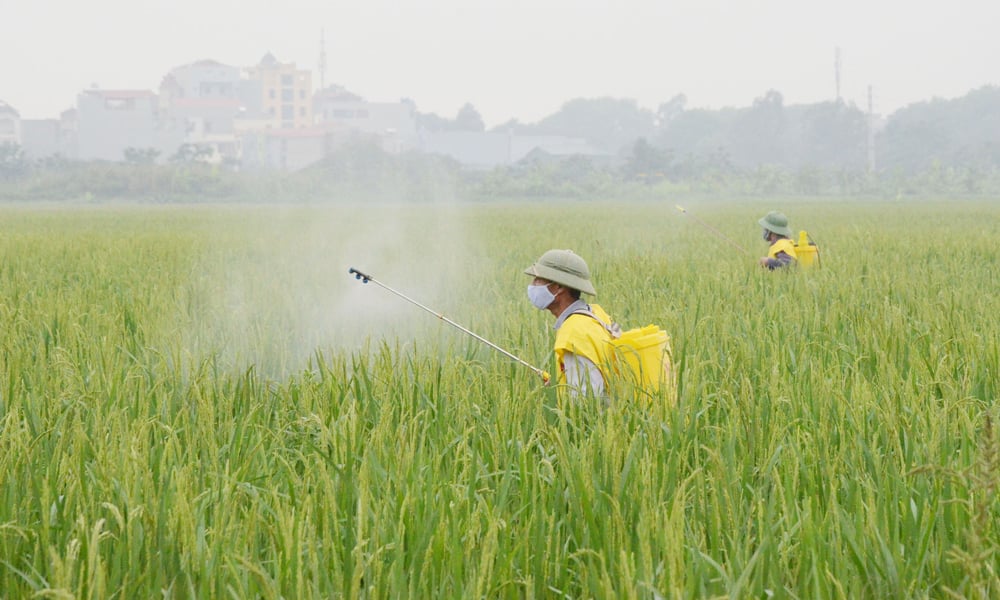 |
Farmers in Yen Phong commune spray pesticides to prevent leaf rollers. |
According to statistics from the People's Committee of Trung Chinh commune, in the 2025 winter-spring crop, the whole commune will plant approximately 900 hectares of winter-spring rice, with an expected average yield of 62 quintals/ha and an output of about 5,600 tons. This year, the commune plans to sow 100% of the area directly, using high-quality varieties such as Khang Dan 18, Q5, TBR1, fragrant rice, and sticky rice. According to Mr. Vu Van Hao, Chairman of the Commune People's Committee: "Currently, many rice fields in the commune have entered the flowering stage. However, due to the influence of the weather, some pests and diseases have appeared in the fields such as: Bacterial stripe spot, 6th generation of small leaf roller, 4th generation of 2-spotted stem borer... with the density and damage rate reaching the threshold for prevention and control. According to the guidance of the Department of Cultivation and Plant Protection, from August 19 to now, the commune has propagated, instructed and urged farmers to organize spraying of pesticides for 90% of the area, and at the same time notified farmers to regularly visit the fields, check and detect for additional prevention and control of areas severely damaged by pests and diseases".
In Tan Tien ward, Mr. Duong Van Xuat's family planted 9 sao of rice varieties Dai Thom 8 and Thuy Huong 308. After storm No. 5, many rice leaves were crushed, making it susceptible to bacterial stripe disease and small leaf rollers. Following the instructions of the ward's Public Service Supply Center, Mr. Xuat sprayed pesticides to prevent and protect the rice from flowering safely.
| This year, the whole province planted nearly 77,000 hectares of rice, reaching 100.03% of the plan. To date, about 50,000 hectares have flowered, the remaining area is expected to flower before September 20. Through actual inspection, the Department of Crop Production and Plant Protection warned of a number of major pests that are at risk of spreading widely, including: Bacterial stripe spot, 6th generation of small leaf roller, 4th generation of 2-spotted stem borer, 6th generation of brown planthopper - white-backed planthopper. |
Together with Mr. Xuat's family, thanks to timely care and prevention of pests and diseases, more than 1,000 hectares of rice in Tan Tien ward, mainly high-quality rice varieties, have grown and developed well, and are entering the flowering stage. Mr. Luong Xuan Thang, Director of the Tan Tien Ward Public Service Center, shared: "In the face of pests and diseases, following the direction of the Department of Agriculture and Environment, the guidance of the Provincial Department of Cultivation and Plant Protection, the local government has proactively propagated and advised farmers to implement measures to prevent and protect the winter-spring rice crop. By the end of September 9, farmers in the ward had sprayed pesticides to prevent bacterial stripe disease, small leaf rollers, and 2-spotted stem borers on 100% of the rice area."
According to the Department of Agriculture and Environment, this year's crop, the whole province planted nearly 77,000 hectares of rice, reaching 100.03% of the plan. To date, about 50,000 hectares have flowered, the remaining area is expected to flower before September 20. Through actual inspection, the Department of Crop Production and Plant Protection warned of a number of major pests that are at risk of spreading widely, including: Bacterial stripe spot, 6th generation of small leaf roller, 4th generation of 2-spotted stem borer, 6th generation of brown planthopper - white-backed planthopper.
Among them, small leaf rollers are the most harmful pests on early and mid-season tea. The area requiring control is about 25,500 hectares, with a common density of 5-10 insects/m². If not treated promptly, the leaves can turn white, seriously affecting productivity. The best time for control is from early to mid-September. In addition, harmful rats, fall armyworms, brown leaf blight, and leaf blight have also appeared sporadically in many localities.
Mr. Vu Tri Dong, Deputy Head of the Department of Crop Production and Plant Protection, said: "The erratic weather, combined with the emergence of many pests and diseases at the same time, makes the risk of damage this year higher than the average of many years. If not prevented in time, it will greatly affect the yield and output of the winter-spring rice crop." Currently, the Department is focusing on directing people and localities to prevent leaf rollers, stem borers, brown planthoppers and white-backed planthoppers, and at the same time, carrying out rat extermination. Communes and wards regularly update pest and disease notifications, coordinate with specialized stations to inspect fields, and guide farmers in prevention and control according to technical recommendations.
Along with crop protection, the Department of Agriculture and Environment orients agricultural production towards sustainability and safety. Localities are encouraged to mobilize farmers to use biological pesticides to gradually replace chemicals, increase organic fertilizers, avoid soil degradation and restore fertility to the fields. After spraying, farmers need to collect packaging in the right place to avoid polluting water sources and the environment.
According to many farmers, thanks to the timely intervention of the government and specialized agencies, this year's disease prevention is more proactive, reducing the risk of widespread disease. Mr. Nguyen Van Khoa, a farmer in Mao Dien ward, said: "Previously, we often waited for pests to appear before spraying, which led to the rice being affected. This year, the commune and the Plant Protection Department regularly announced and recommended the timing of simultaneous spraying, so the effect was obvious, the rice plants were healthy, and the flowers bloomed evenly."
Thanks to proactive care and prevention, many areas of winter-spring rice in the province are currently growing and developing favorably. However, the time from now until the end of the season still has many potential disadvantages. Therefore, farmers need to continue to closely follow the fields, not neglect plant protection work, determined to maintain the productivity and output of this year's winter-spring crop, while aiming for safe and sustainable production, increasing the value of Bac Ninh rice in the market.
Source: https://baobacninhtv.vn/thuong-xuyen-tham-dong-phong-tru-kip-thoi-sau-benh-hai-lua-mua-postid426154.bbg



![[Photo] Hanoi morning of October 1: Prolonged flooding, people wade to work](https://vphoto.vietnam.vn/thumb/1200x675/vietnam/resource/IMAGE/2025/10/1/189be28938e3493fa26b2938efa2059e)




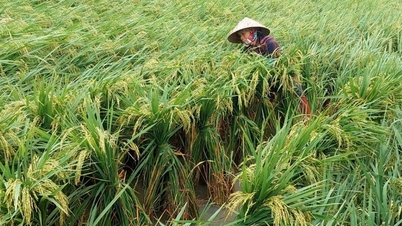

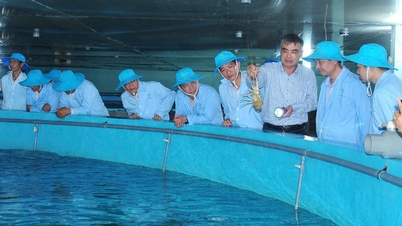












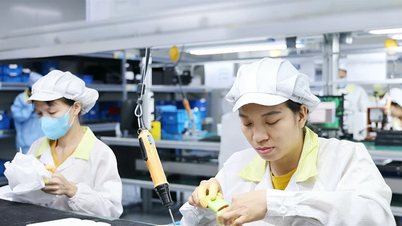
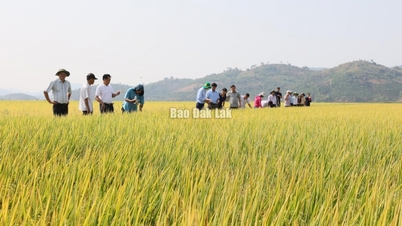






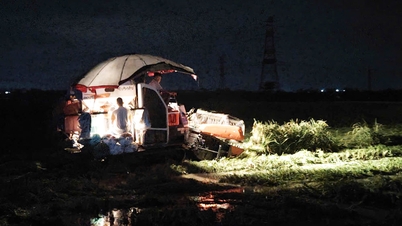

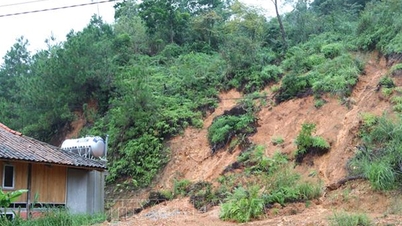

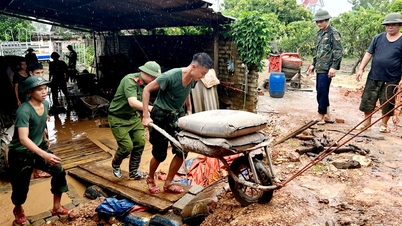

![[Photo] The 1st Congress of Phu Tho Provincial Party Committee, term 2025-2030](https://vphoto.vietnam.vn/thumb/1200x675/vietnam/resource/IMAGE/2025/9/30/1507da06216649bba8a1ce6251816820)
![[Photo] Panorama of the cable-stayed bridge, the final bottleneck of the Ben Luc-Long Thanh expressway](https://vphoto.vietnam.vn/thumb/1200x675/vietnam/resource/IMAGE/2025/9/30/391fdf21025541d6b2f092e49a17243f)
![[Photo] President Luong Cuong receives President of the Cuban National Assembly Esteban Lazo Hernandez](https://vphoto.vietnam.vn/thumb/1200x675/vietnam/resource/IMAGE/2025/9/30/4d38932911c24f6ea1936252bd5427fa)












































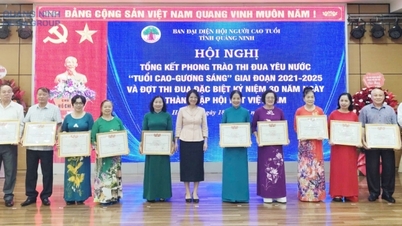



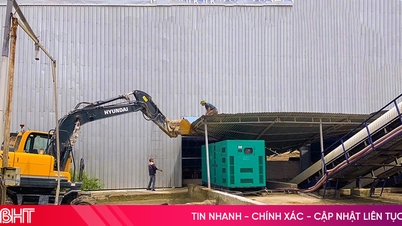
















Comment (0)